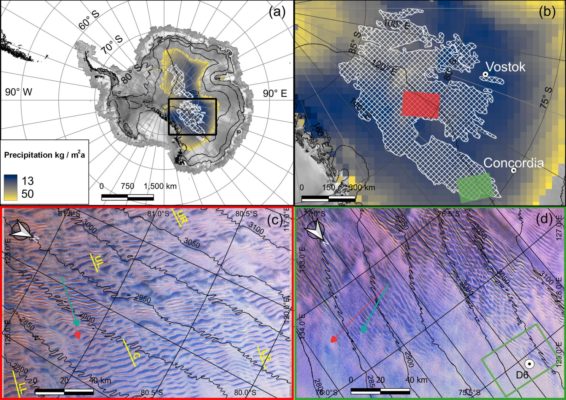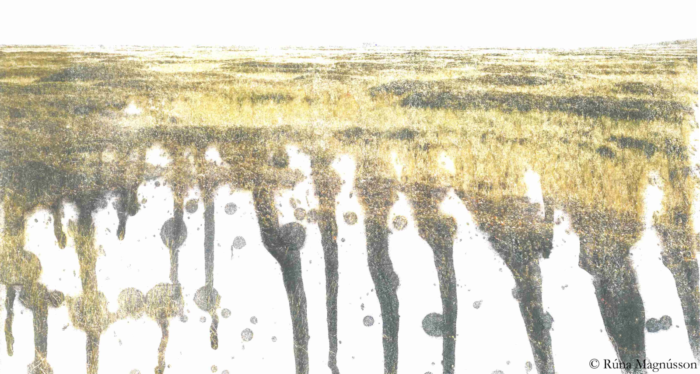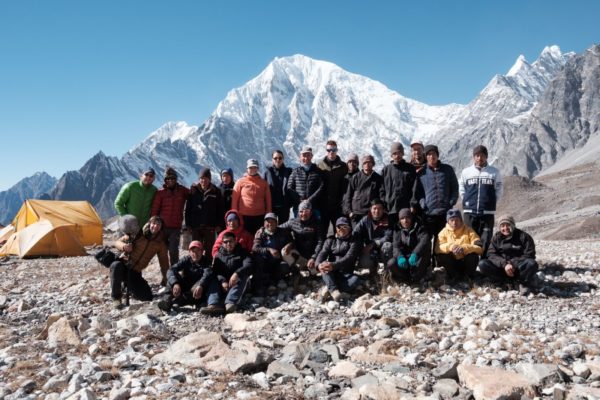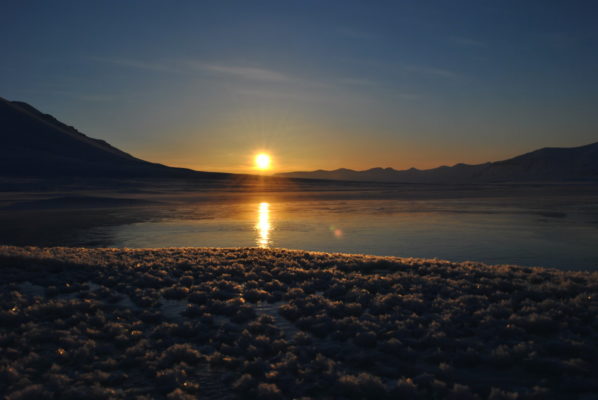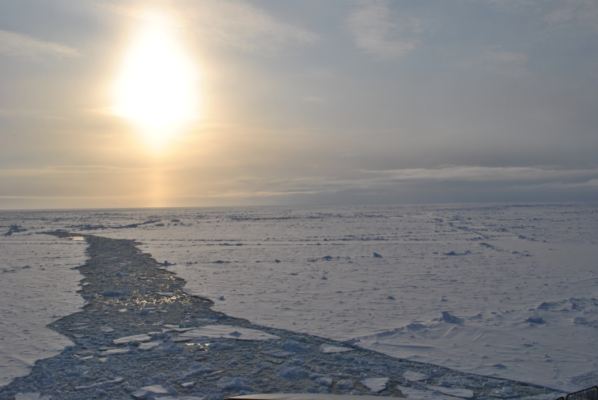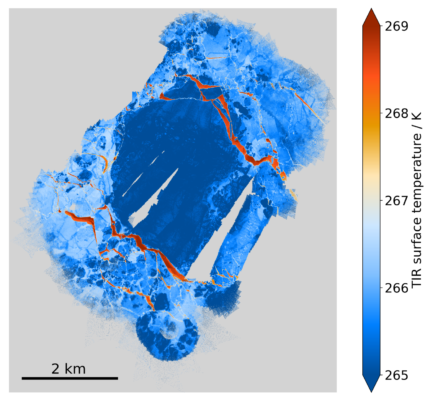When we think of dunes our thoughts automatically go to deserts and sand. But on Earth, as well as on other celestial bodies of the solar system, dunes exist also in a completely different environment. I am talking about gigantic dunes consisting of snow. On Earth they are called megadunes and you can find them only in East Antarctica, where they extend for thousands of km. If you want to know mor ...[Read More]
Fostering connections with frozen landscapes
Whether they are natural occurrences or experimentally induced, permafrost and Arctic ecosystems are responding fundamentally to recent climate extremes. Good writing and statistics material for us scientists, but bad news on pretty much every other level. Are we effectively communicating how fundamental these changes are? And can we use our personal experiences, stories and artwork to support us ...[Read More]
Quantifying the experience: Himalayan fieldwork in numbers
The Himalayas are Big. But how Big is the fieldwork experience? What is behind all the mountain field data and beautiful mountain pictures? 40 preparation emails, 110 km of hiking, 170 kg of gear and 25 people in the team. We try to put some numbers on the experience we had during the Langtang, Nepal Himalaya expedition in November 2022. Behind the scenes Remote mountain fieldwork can be quite an ...[Read More]
The more the merrier – Interview with the two new Cryo ECS representatives
After two years of great work, our current cryosphere division ECS representative TJ Young is passing on the task of representing the needs and wishes of the cryosphere division early career scientists (ECS). As they make up a majority of the EGU members, their representatives make sure to see their needs and voices heard. You might know that the EGU ECS community is represented by two union-level ...[Read More]
Did you know the mystery of the ice-cold rose?
Darkness. Freezing cold. Thin layers of ice cover the wide Arctic Ocean. It is the time of the last dusk. You can almost see Fenris wolf chasing the sun to devour it, almost hear his howling as darkness falls. Fimbulwinter has arrived. But what is this? A flower? Out here on the Arctic Ocean? This is strange, so let us take a closer look at the mystery of the ice-cold rose. Where the Wild Roses Gr ...[Read More]
What not to miss at this year’s EGU General Assembly
We are already half way through April and that means that this year’s EGU General Assembly (GA) is just around the corner. Whether this will be your first, second or seventh EGU GA, you are probably still overwhelmed by the jungle of opportunities there are – courses, medal lectures, talks, discussions, poster sessions – no? We certainly still are and that’s why we always collect our f ...[Read More]
Did you know that cracks play a large role in the Arctic sea ice production?

What do you need to form sea ice? Well, you can start with some sea water, an ocean will do, and cold air above it. Once a layer of ice starts forming, break it to make some cracks. You would have not thought of that? Yet, our recent study suggests cracks in the ice contribute significantly to Arctic winter sea ice production. A relationship between sea ice formation and breakup? We have known for ...[Read More]
Highlighted Paper – The ice factories of the Arctic Ocean
Each year, the Arctic sea ice goes through a cycle of melting and freezing. From March to September, sea ice gradually melts and becomes thinner, and from October to March, the water freezes again. In our warming climate, we see that more and more ice melts each year. One would expect that the ice would also freeze less, but we have observed that the ice growth – or ice production – has increased ...[Read More]
3 Reasons to engage in early career networks
There are several early career groups, which are affiliated with cryosphere-based research in one way or another. APECS (Association of Polar Early Career Scientists) is an international network that is present during many occasions and events in the world of polar research. Have you ever wondered why busy early career researchers (ECRs) use their time also for volunteering in such groups? Today, ...[Read More]
Did you know about the dark secrets of Arctic sea ice?
Have you ever wondered what dark secrets the Arctic sea ice holds during the harsh winter months? Imagine total darkness in the central Arctic, making it almost impossible to gather scientific information. At this time of the year, usually only satellite observations are available. This changed in September 2019 when a team of scientists collected in situ and airborne data in the central Arctic as ...[Read More]

